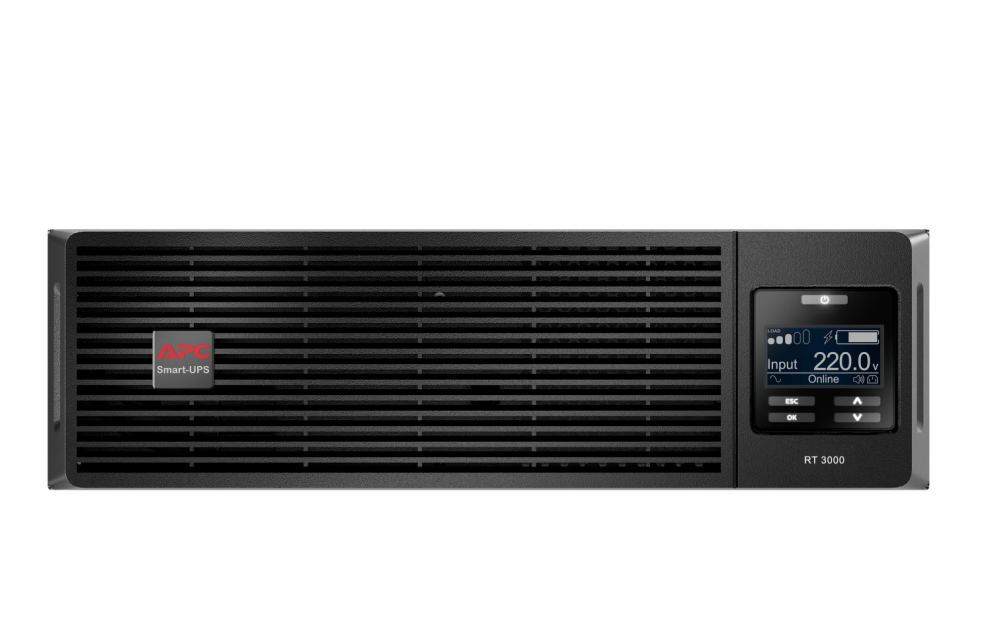In the process of handling Smar UPS repair requests on a daily basis, we have found that many UPS malfunctions are caused by factors such as battery, mains power, usage environment, and usage methods, while a considerable portion of UPS itself has not experienced any malfunctions. If these factors can be identified and it can be determined that the fault is not caused by UPS, it can solve the problem for customers more quickly. Below we list in detail the factors that affect UPS operation:
storage battery
According to data analysis, the proportion of UPS that cannot function properly due to battery failure in the repaired UPS is about one-third. So, we need to pay special attention to whether the battery has malfunctioned.
There are approximately the following types of malfunctions caused by battery issues:
1. UPS cannot start.
Because Smart UPS is started by DC, the UPS cannot start when there is no battery connected, the battery is low, or there is a problem with the battery. There are several similar situations below:
The first scenario: The newly installed UPS cannot start.
If the UPS is a SUA10001CH model, please check if the battery connection plug on the back panel of the UPS is connected. If it is a rack mounted UPS like SU3000RMI3U, please open the front panel to check if the battery is connected.
Due to the self discharge phenomenon of the new battery during storage, the UPS cannot start when the battery is in a low battery state. At this point, it is necessary to connect the UPS to the battery and mains power. Press the Test button on the front panel of the UPS. Although the display light on the UPS panel will not light up, the UPS will charge the battery at this time. After charging for a period of time, press the Test button again to start the UPS.
The second scenario: After the UPS inverter has been working for a period of time, the UPS cannot start.
Also, due to low battery, it is necessary to charge the battery.
The third scenario: The battery has been used for about 2 years and the UPS cannot start.
According to the usage of most customers, the battery generally experiences a decrease in capacity after two years of use, and if the battery cannot provide a delay, a new battery needs to be replaced.
The fourth scenario: The voltage of a single battery is normal, but the UPS cannot start.
At this point, although the voltage of a single battery is normal, it is likely due to problems with the connection between batteries or between batteries and UPS, such as weak connection points or oxidation at connection points. In this case, it is necessary to remove the oxide and reconnect. 2. It may be that the fuse connecting the UPS and battery is broken. If the fuse is broken, replace it with a new one. The connection between the UPS and the battery is long, thin, or has a connection point in the middle, resulting in a significant voltage drop and preventing the UPS from starting.


